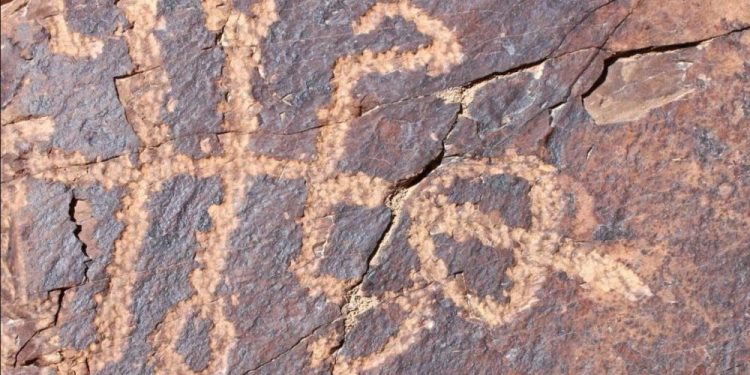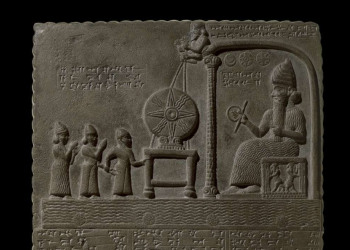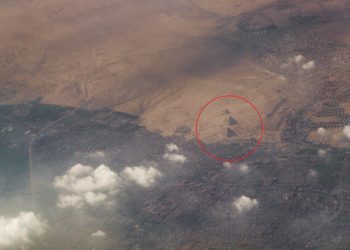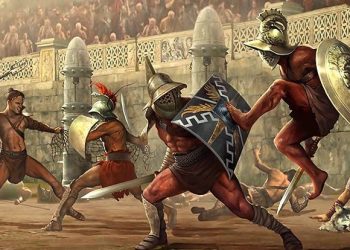A rare, strange, and extraordinary rock carving has been uncovered at the Teymareh Iranian rock art site. The mysterious carving shows a creature with six limbs described by an expert as part-human part-mantis. Rock carvings such as this one and petroglyphs of invertebrate animals are rare.
The odd petroglyph shows unique characteristics, including a “triangular head equipped with a vertical extension, large eyes, opened forelegs, intermediately looped mid-legs, and curved hind-legs.”
Entomologists teamed up with archaeologists to try to identify the motif. They compared the odd carving to others around the world and to local six-legged creatures that prehistoric artists might have encountered.
Their study of the peculiar rock carving has recently been published in the Journal of Orthoptera Research.
The 14-centimeter carving was first identified by experts during excavations between 2017 and 2018 but could not be identified due to its unusual shape.
All six limbs suggest whoever carved the object tried representing an insect, while the triangular head with large eyes and grasping forearms are unmistakably those of a praying mantis, a predatory insect that hunts and captures prey like flies, bees, and even small birds.
An extension on its head helps reduce identification to a particular mantis genus in this region: Empusa pennata. This particular genus can be found in Spain and parts of Portugal, Iran, France, Lebanon, Central and Southern Italy, Bulgaria, and Greece.
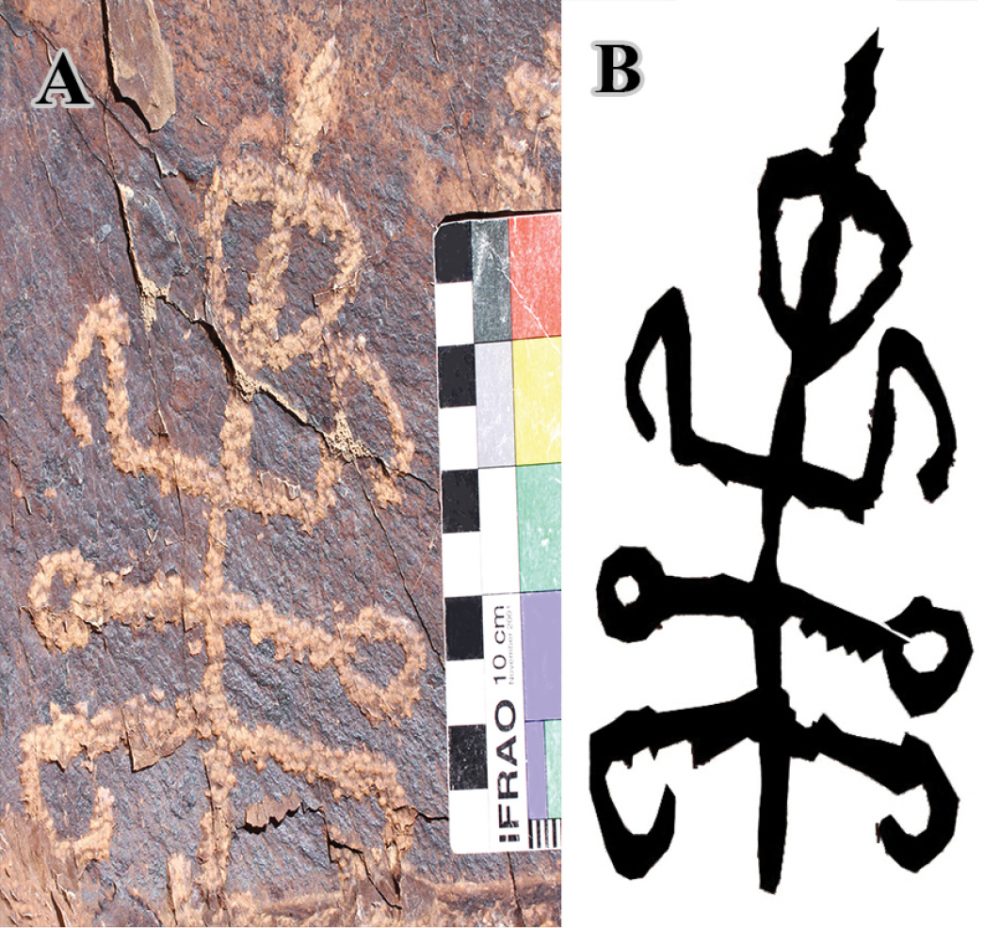
Scientists have explained that the creatures’ middle limbs are strange; they end in loops or circles. The closest parallel to this in the archaeological world is the ‘Squatter Man,’ a petroglyph figure representing a person flanked by circles.
While they could represent a person holding circular objects, an alternative hypothesis is that the circles represent auroras caused by atmospheric plasma discharges.
It is currently impossible to say exactly how old the petroglyphs are because sanctions against Iran prohibit the use of radioactive materials necessary for radiocarbon dating.
However, experts examined the Teymareh site and estimated that the carvings were during a long period of history spanning back from 40,000 to 4,000 years ago.
The exact reason why ancient artists felt the need to carve such a creature remains a profound mystery that experts have not understood.
Scientists argue that the petroglyph suggests that humans have linked mantises to the supernatural since ancient times.
As stated by the authors, the carving testifies “that in prehistory, almost as today, praying mantises were animals of mysticism and appreciation.”
The researches have revealed that Mantid-like motifs have been found across the entire planet. Many of these motifs were created in different periods in human history.
Some depictions have even been considered alien symbols.
However, it is noteworthy mentioning that humankind’s interest in the praying mantis can be traced back to prehistoric times.
These animals have had a great influence in ancient Mesopotamian culture and in civilizations such as that of ancient Egypt.
“In the Egyptian Book of the Dead, praying mantids appear as the abyt-bird, a smaller divinity of the underworld,” the researchers write.
Join the discussion and participate in awesome giveaways in our mobile Telegram group. Join Curiosmos on Telegram Today. t.me/Curiosmos



